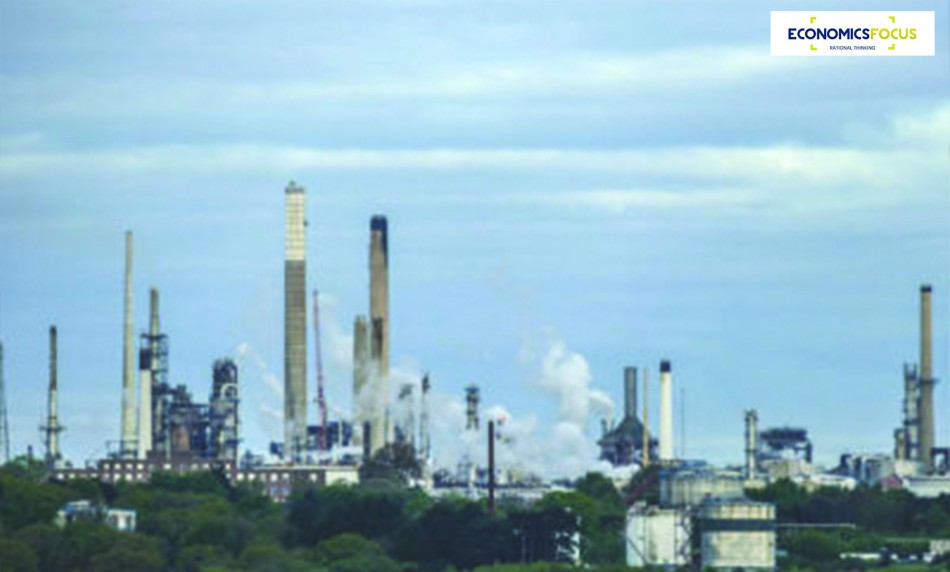How to assess economic performance using balance of payment?
-From the current account, the level of production of goods services can be noted as seen level of export of goods and services. We can also observe that the industries are mainly producing high valued production and there is the concentration of tertiary services.
-The value of the income balance also reveals that the economy has a concentration of FDI and the increase in the flow of capital account (Long run) will also suggest that Singapore is competition enough to attract FDI. High depend of FDI and the presence of net export will substantiate that the economy is experiencing economic growth as the production capacity is increasing.
-The import expenditure will indicate the level of the resource capacity the country can posses as Singapore relies greatly on import for production. It also indicates the level of standard of living as the rise in the import of services will mean that there is increase in consumption of services from abroad in the areas of tourism
-High volume of deficit in the transfer balance reflects the high degree of dependency on foreign supply of labour.
-For financial account, the flow of the transfer will affect the banking and finance industry which is one of critical industry in the economy and the indicator of the flow of hot money which will affect our short term exchange rate. The change in the exchange rate will affect the trading prices and of cost FDI which is affects the AD that influences production and national income.
-The official financing reserve will reflect the level of stability of the external equilibrium as the amount and the distribution of reserve will affect the country’s ability to stabilize exchange rate.


